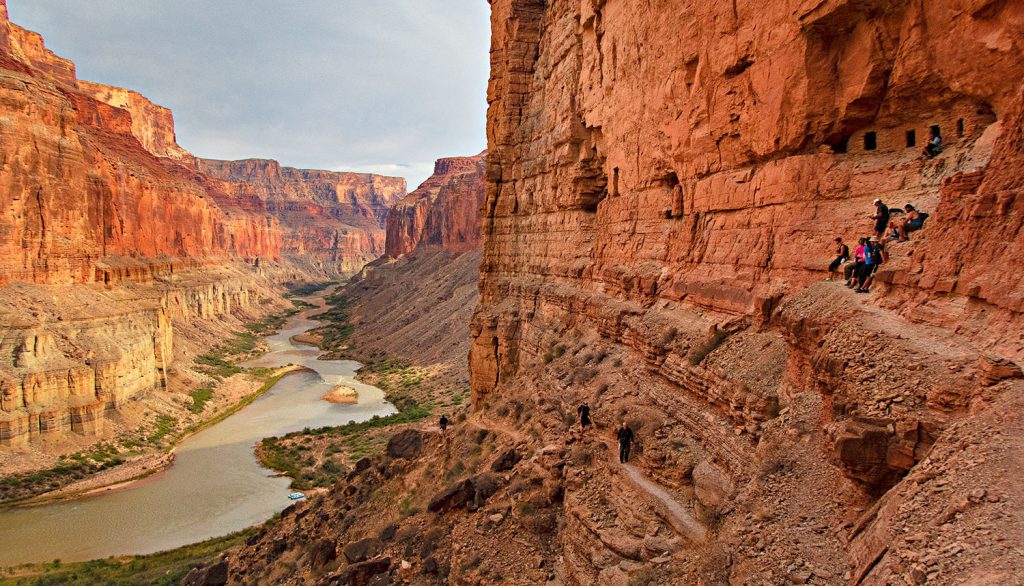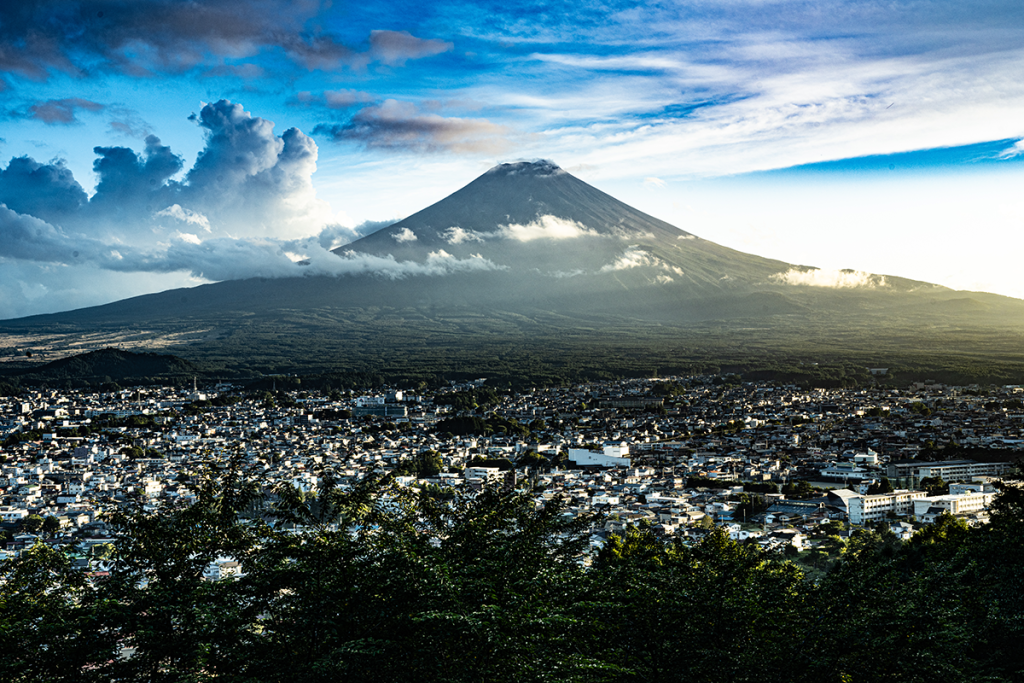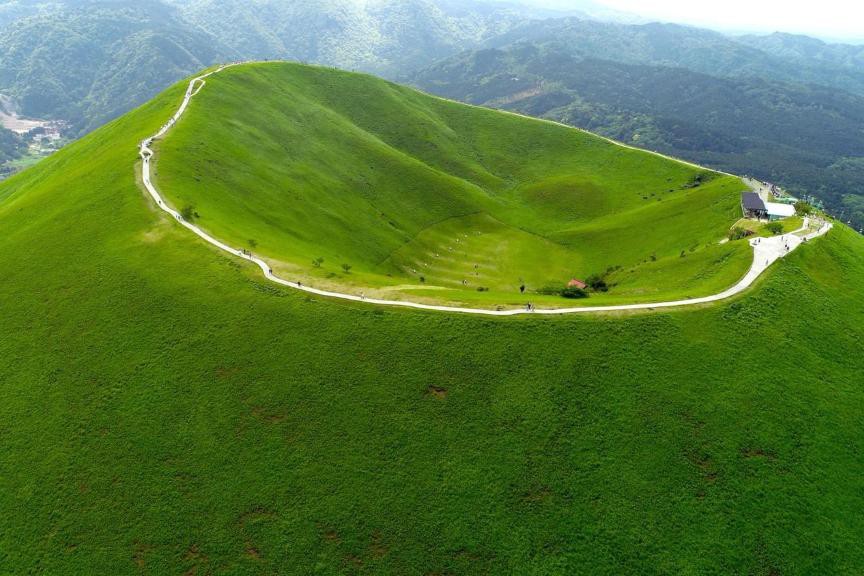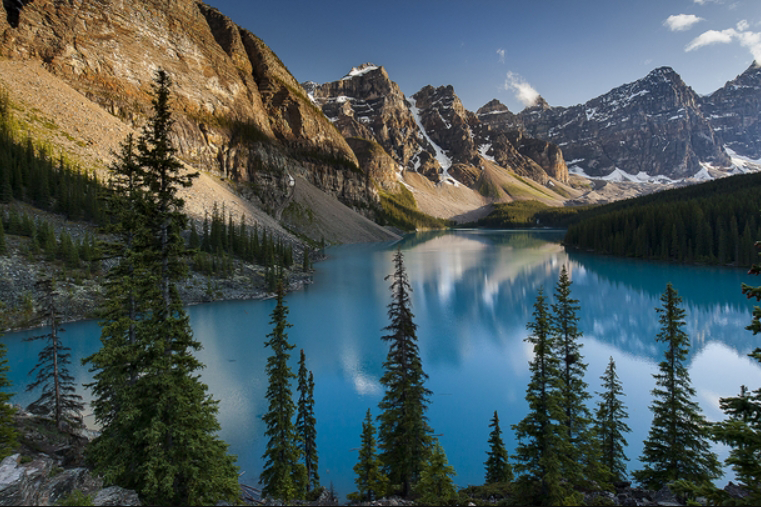The Grand Canyon, a geological masterpiece nestled in the heart of Arizona, stands as a testament to the profound forces that have sculpted our planet through the ages. Spanning an impressive 277 miles in length, up to 18 miles in width, and plunging to depths exceeding a mile, the Grand Canyon is a spectacle that leaves visitors in awe of its grandeur.
Origins of Grandeur
The genesis of the Grand Canyon lies in the relentless erosive power of the Colorado River. Over millions of years, this mighty river has tirelessly carved its way through the layers of the Colorado Plateau, creating a mesmerizing tapestry of rock formations. The exposed strata in the canyon’s walls serve as a visual timeline, offering a glimpse into the Earth’s geological evolution spanning a staggering 1.7 billion years.
A Palette of Colors
As the sun casts its rays upon the canyon, a kaleidoscope of colors unfolds. The layered rock formations, ranging from rich reds to earthy browns, create a captivating display that changes with the shifting light. Sunrise and sunset transform the canyon into a canvas painted with hues that evoke a sense of both serenity and drama.
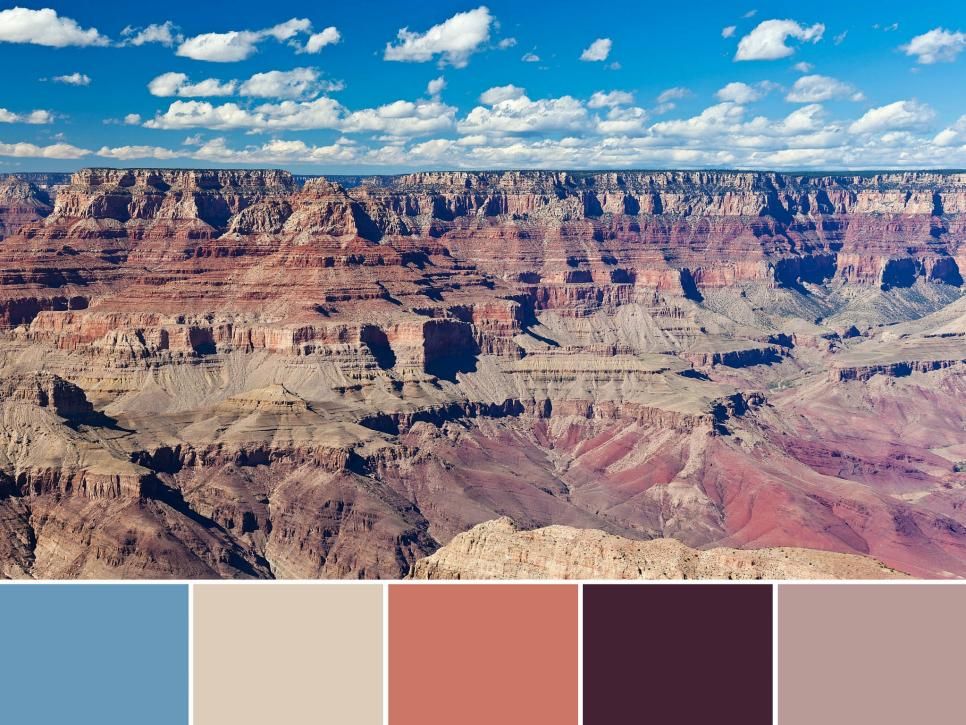
Wildlife in the Abyss
Beneath the canyon’s rim lies a thriving ecosystem, a stark contrast to the arid desert landscape that surrounds it. Bighorn sheep, mule deer, and a myriad of bird species call the Grand Canyon home. Exploring the canyon’s depths unveils a hidden world where flora and fauna have adapted to the challenges of this unique environment.
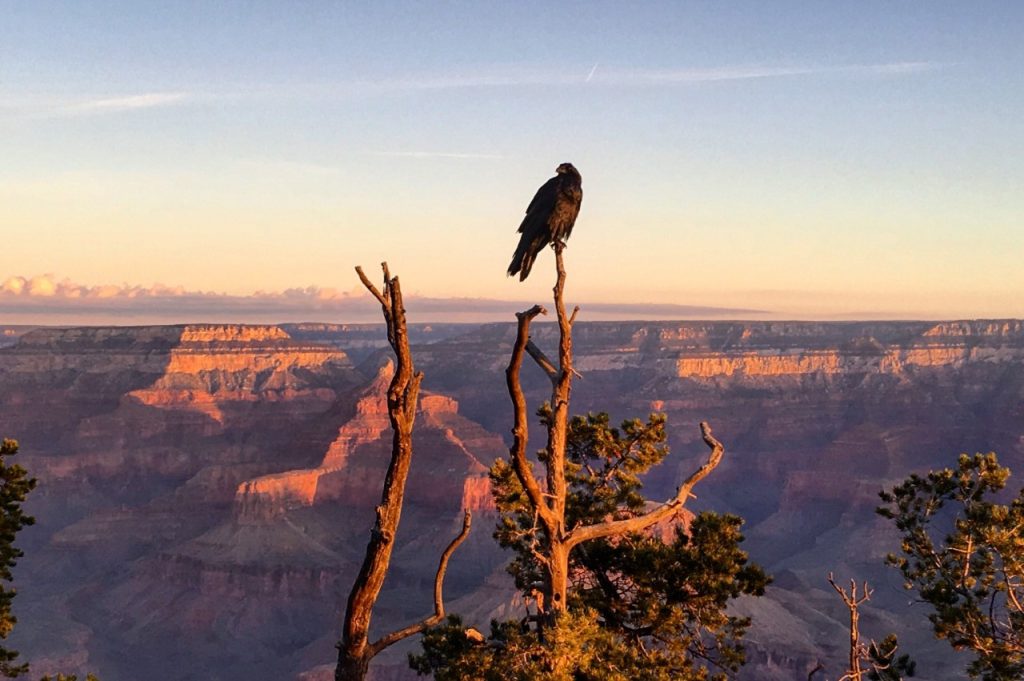
The Grand Canyon Skywalk
For those seeking an adrenaline rush and a panoramic view like no other, the Grand Canyon Skywalk beckons. This horseshoe-shaped glass bridge extends 70 feet from the canyon’s rim, providing intrepid visitors with a vertigo-inducing experience as they peer into the abyss below.
Exploring the Depths
Descending into the canyon offers a different perspective, allowing adventurers to traverse the numerous hiking trails that wind through its rugged terrain. From the challenging rim-to-rim hike to the more leisurely walks along the South Rim, each trail promises a rewarding journey filled with breathtaking vistas.
Preservation Efforts
Recognizing the ecological and cultural significance of the Grand Canyon, conservation efforts have been underway to protect this natural wonder. The canyon is not only a geological marvel but also a repository of Native American history, with numerous archaeological sites highlighting the ancient civilizations that once thrived in the region.
The Grand Canyon Skywalk
For those seeking an adrenaline rush and a panoramic view like no other, the Grand Canyon Skywalk beckons. This horseshoe-shaped glass bridge extends 70 feet from the canyon’s rim, providing intrepid visitors with a vertigo-inducing experience as they peer into the abyss below.
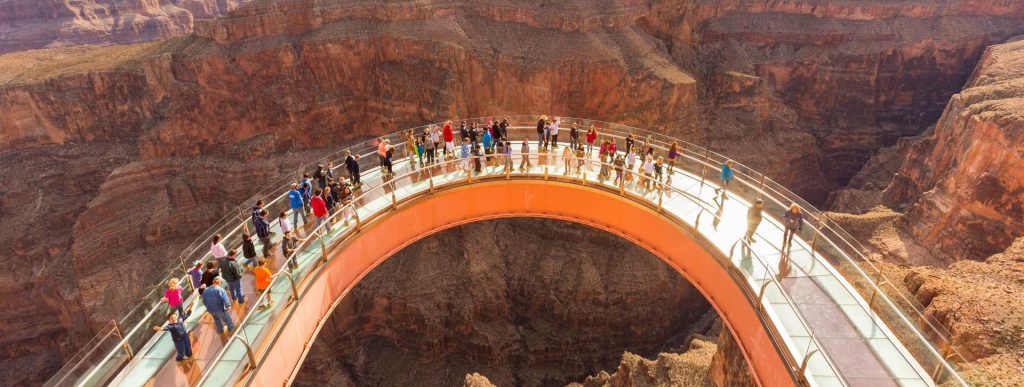
Beyond the Canyon
While the Grand Canyon itself is a focal point, the surrounding Grand Canyon National Park offers a diverse range of attractions. From the lush forests of the North Rim to the high-desert landscapes of the South Rim, the park is a haven for outdoor enthusiasts, providing opportunities for camping, stargazing, and connecting with nature.
In the grand symphony of nature, the Grand Canyon stands as a resounding crescendo—a testament to the Earth’s enduring beauty and the inexorable passage of time. Its towering cliffs, mesmerizing colors, and rich biodiversity invite all who witness its majesty to pause and reflect on the wonders of our planet. The Grand Canyon is more than a geographical landmark; it is a living testament to the forces that have shaped our world, a timeless masterpiece etched in the annals of Earth’s history.
